Last week, three of my kids needed a Band-Aid all in one day. With six kids who enjoy climbing, jumping, and spending time in their treehouse, this isn’t unusual. So, I decided to look for a natural salve alternative instead of using conventional products like Neosporin.
Using a Healing Salve
I’m not a big fan of Neosporin due to its petroleum jelly content, and there are numerous natural alternatives that are just as effective.
My homemade healing salve, which the kids call "boo-boo lotion," is useful for cuts, bruises, stings, poison ivy, and skin irritations. It also works well on diaper rash and baby skin irritations. If using with cloth diapers, ensure to use a disposable liner first.
This herbal healing salve is beneficial for eczema, scrapes, abrasions, and insect bites, too. It’s moisturizing for dry skin and cuticles. If there’s a skin issue, this salve is likely to provide relief.
Herbs in Healing Salve
How can one salve do so much? The herbs used in this salve are naturally antibiotic, anti-inflammatory, antifungal, and astringent, making it a perfect addition to any herbalist’s first aid kit.
-
Echinacea: Antimicrobial, analgesic, and anti-inflammatory. It prevents infection from venomous snake and insect bites from spreading, and it’s helpful for burns. Because it’s at risk in the wild, choose cultivated sources or grow your own.
-
Comfrey: Nicknamed "bone-knit" because it promotes fast healing of broken bones. It stimulates tissue repair and is used for sprains, swelling, and bruises. It’s anti-inflammatory and antiseptic.
-
Plantain: Known as the "Indian Band-Aid" by the Cherokee. It’s effective for bites, stings, cuts, scrapes, poison ivy, and sunburn. A plantain poultice helps draw out splinters and stingers and encourages collagen growth for quicker wound healing.
-
Calendula: Anti-inflammatory and astringent, it tightens loose tissues and has antibacterial, antiviral, and antifungal properties. Useful for cuts, burns, diaper rash, bites, sprains, bruises, rashes, sunburns, abrasions, and slow-healing wounds.
-
Yarrow: Restores stagnant or congested blood flow and helps stop bleeding. It’s a vulnerary, antimicrobial, anti-inflammatory, astringent, and relieves pain.
- Rosemary: Antiseptic, antibacterial, and antifungal, it shows positive effects against drug-resistant infections. Increases blood flow to the area and alleviates muscle pain and inflamed joints. Good for sores, bruises, wounds, eczema, and sprains.
Note on Comfrey
Since comfrey can heal skin rapidly, it’s important to use it with other herbs. Quick skin healing can trap infection inside, but using antimicrobial herbs like rosemary and echinacea helps prevent this.
Other Ingredients
Adding lavender essential oil or tea tree oil can enhance skin benefits. Lavender naturally reduces itching and is great for soothing bites. Tea tree is a strong antifungal and also relieves itching. You can choose any skin-friendly essential oil blend for this. Options include frankincense, chamomile, and helichrysum.
It’s easy to make, and you might even find some of the ingredients growing in your yard during the summer. Plantain, which is good for the skin, is common across much of the US. You might also find wild yarrow in your area. These herbs have multiple uses and some can be taken internally or used in food.
You can use almost any liquid oil in this recipe, but I typically choose olive oil. If you use coconut oil, you might need to reduce the beeswax so it doesn’t get too hard in cooler climates. Other options include sunflower oil, almond oil, and grapeseed oil.
Choosing Your Container
Salve works well when stored in metal tins or glass jars. I prefer tins for easy transport and to avoid the risk of a glass jar breaking. Lip balm tubes are another excellent option, making the salve portable and easy to apply.
Healing Salve Recipe
This healing salve offers a natural alternative to antibiotic ointments. It’s excellent for all types of cuts, scrapes, rashes, and more.
Prep Time: 5 mins
Active Time: 20 mins
Infusing Time: 3 hrs
Yield: 2 cups
Author: Katie Wells
Infuse the Herbs
- Combine olive oil and herbs in a jar with an airtight lid and let sit for 3-4 weeks, shaking daily. This method doesn’t work well with coconut oil.
- OR heat olive oil (or other oil) and herbs over low heat in a double boiler for 3 hours (low heat!) until the oil is very green.
- Another option is to place the herbs and oil in mason jars with lids, put them in a water bath in a crockpot set to low, and let this infuse for at least 24 hours. Refill water in the slow cooker as needed.
Make the Salve
- Pour the oil through a cheesecloth to strain out the herbs. Squeeze the cheesecloth to extract as much oil as possible.
- Compost the herbs.
- Combine the infused oil and beeswax in a double boiler.
- Heat on low, stirring occasionally, until the wax has melted.
- Add essential oils if desired.
- Pour into small tins, glass jars, or lip balm tubes for use as needed.
Store the salve in a cool, dry place for up to 2 years.
Storage and Shelf Life
This healing salve lasts for a year or more when stored correctly, so I prepare it in large batches. If needed, reduce the batch size. Having some on hand for gardening helps with skin irritations and insect bites. Keep it in a cool, dry place, away from light and heat.
Adding Vitamin E helps prolong the shelf life by slowing the rancidity of oils.
Ever made your own salves? Share your experience below!



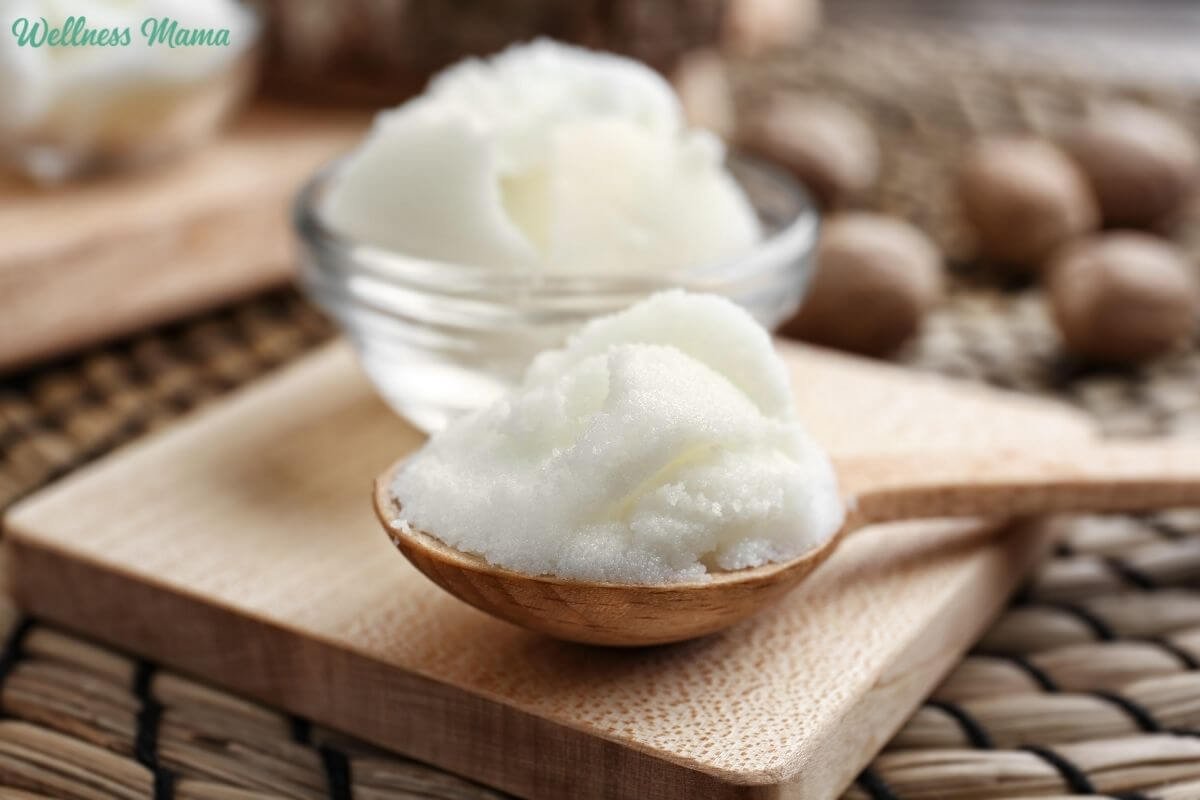
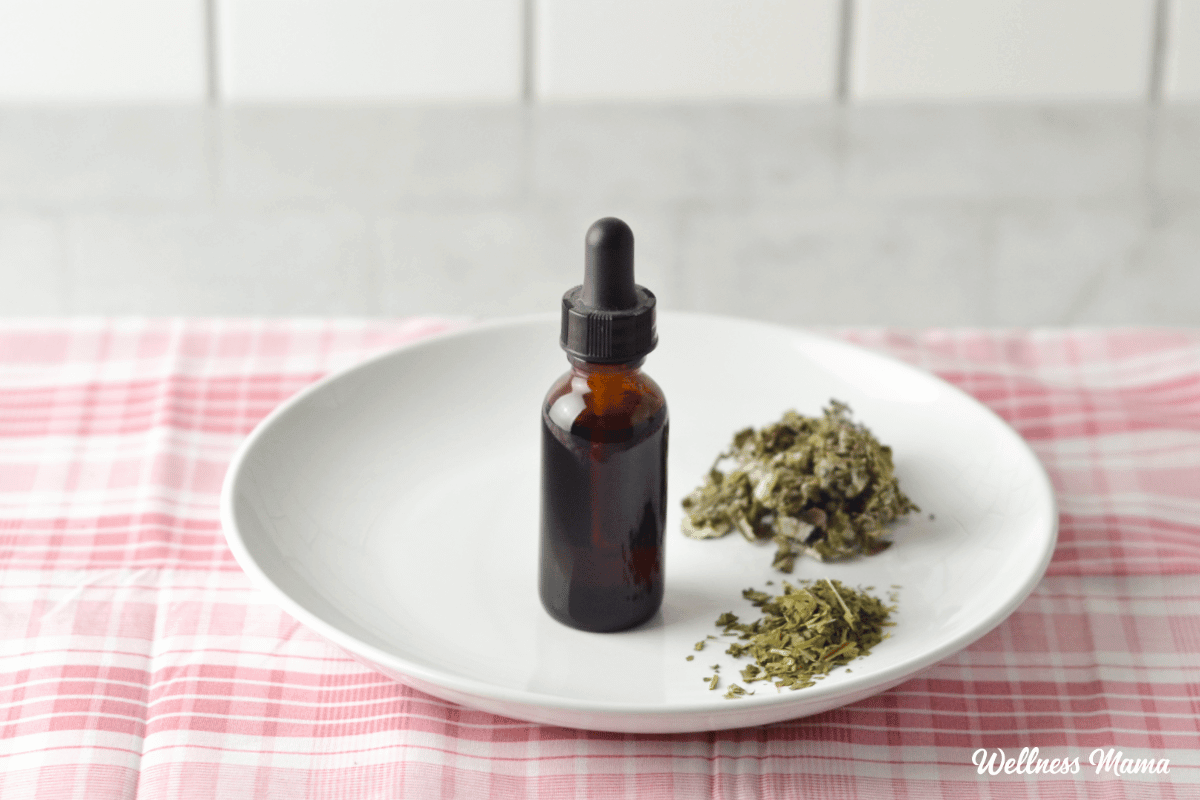

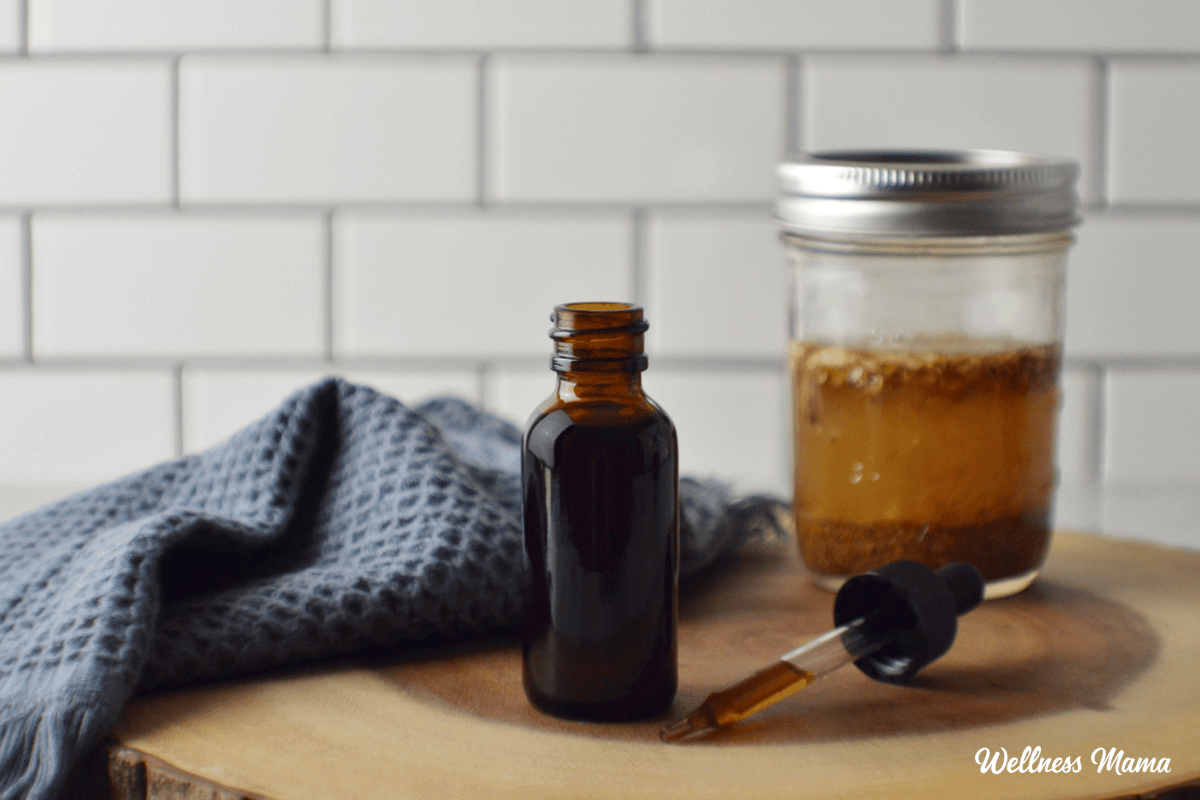



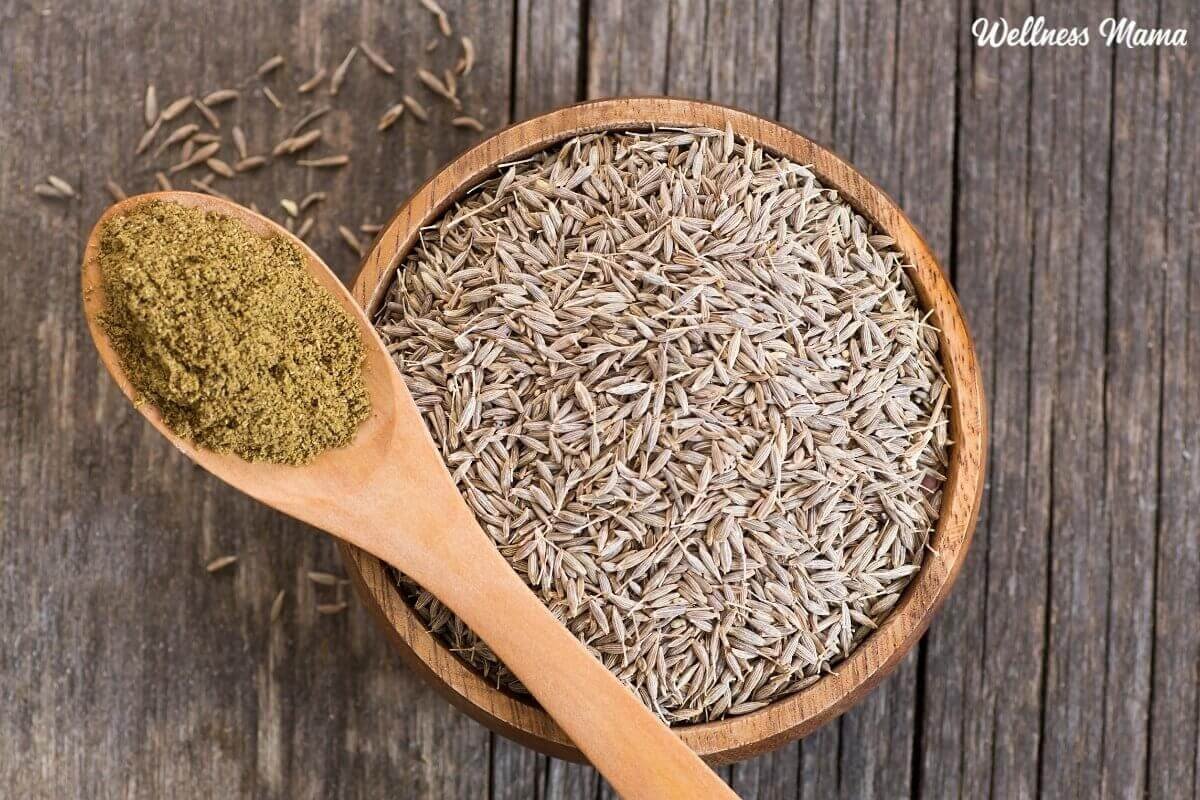



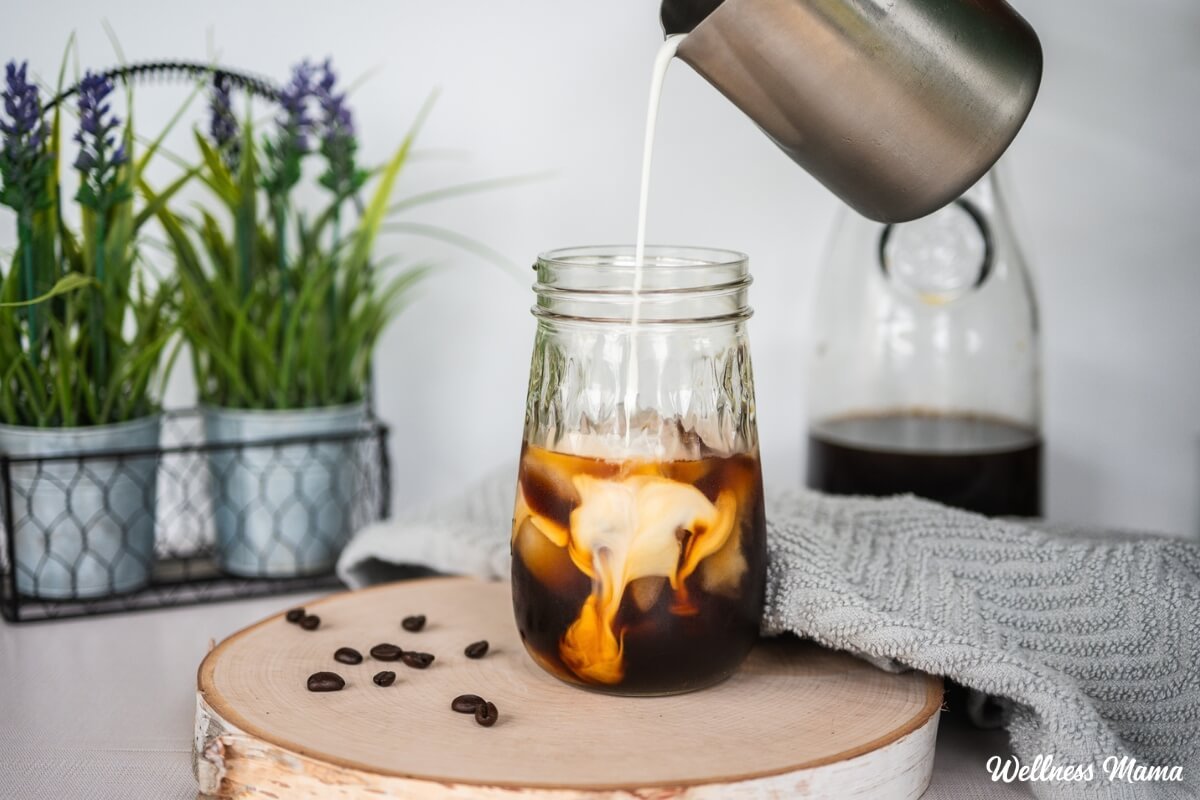
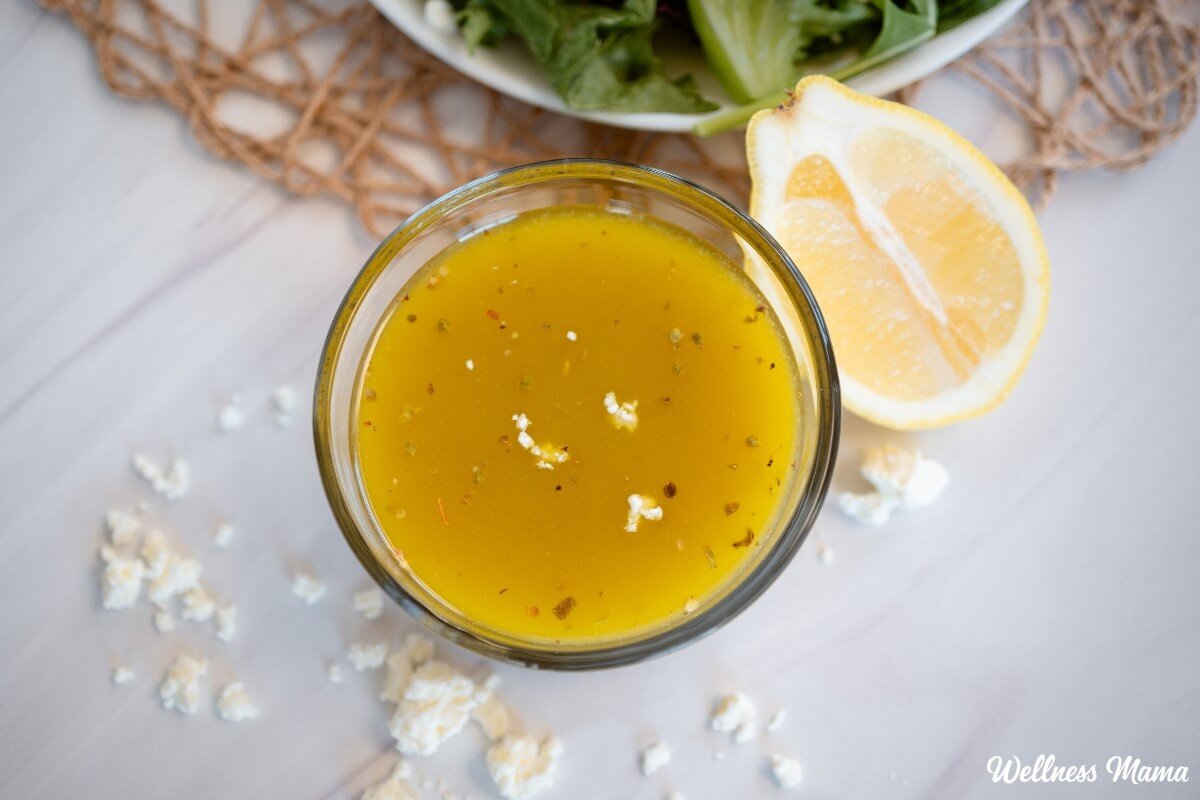
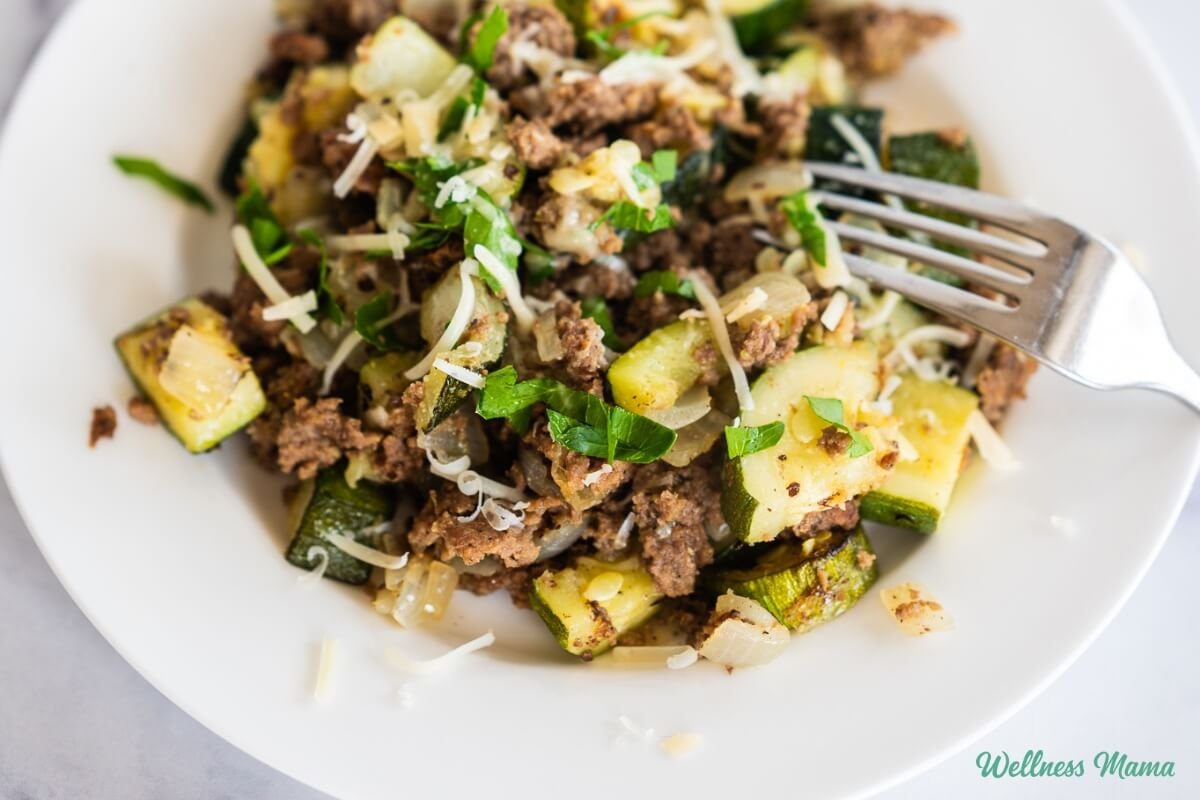
Leave a Reply